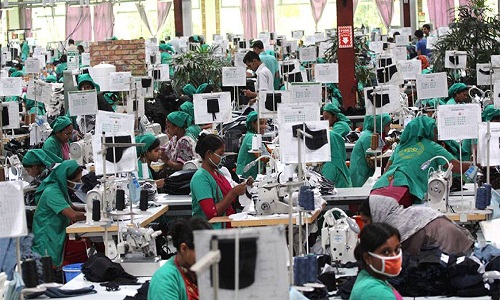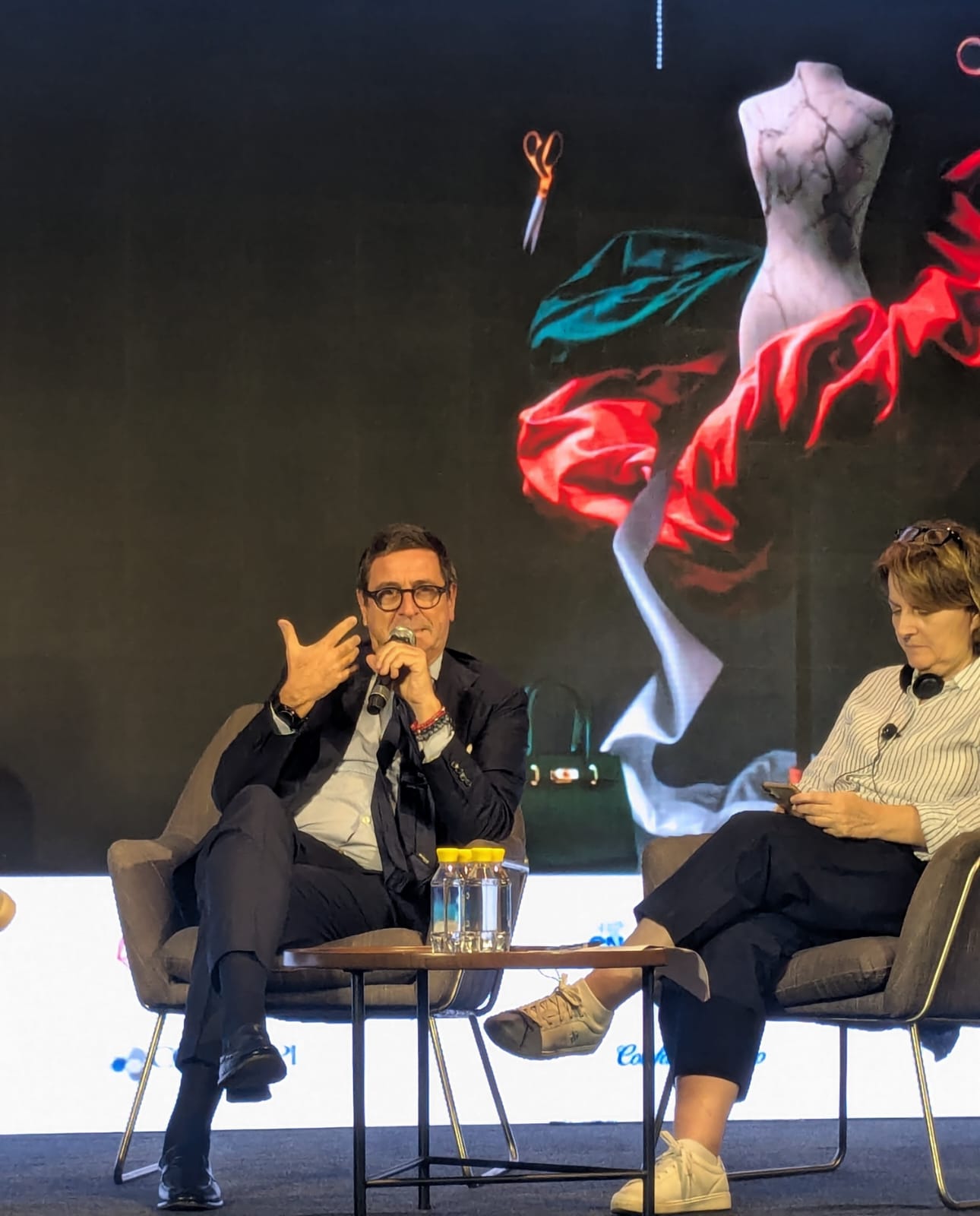"After the Rana Plaza garment factory collapse three years ago, it was presumed that the country would be rolling in stricter measures to ensure safety and security of its employees. Yet, recent data is quite startling. A research identified 3,367 women and girls in the survey areas who reported being employed in the apparel industry. Of them, 3 per cent were between the ages of ten and 13, and 11 per cent were 14-17 years old. Of the 861 girls below the age of 18 who were engaged in any kind of work, 28 per cent said they worked in the garment industry."

After the Rana Plaza garment factory collapse three years ago, it was presumed that the country would be rolling in stricter measures to ensure safety and security of its employees. Yet, recent data is quite startling. A research identified 3,367 women and girls in the survey areas who reported being employed in the apparel industry. Of them, 3 per cent were between the ages of ten and 13, and 11 per cent were 14-17 years old. Of the 861 girls below the age of 18 who were engaged in any kind of work, 28 per cent said they worked in the garment industry.

As part a recent nationwide census, data collected from thousands of mothers and girls in Bangladesh’s three industrial districts with the highest concentration of ready-made garment factories (particularly those operating outside the Export Processing Zones): Ashulia, Gazipur, and Narayanganj. The majority of the country’s female garment workers are concentrated in these areas.
From the survey, it was quite evident that Bangladesh’s garment factories are employing child labour (particularly young girls) persistently. The majority of young girls working in Bangladesh are from poor families. Even in garment manufacturing areas, relatively better-off families rarely send their daughters to work in factories. Although recent initiatives have lowered the cost of schooling for girls (through cash stipends and the elimination of school fees), many young women still drop out of secondary school, even without the opportunity to engage in paid work. In a fix between opting for factory work or marriage, the fundamental need is to lay greater emphasis on poverty reduction in rural areas.
Growth estimate
Bangladesh’s garment industry is expected to quadruple in size over the next two decades, attracting millions of female workers, young and old, to production floors. As per estimates, one of every 10 of these new employees will be between 10-17 years of age. In the light of this, the garment industry needs to act quickly to gain major market access.












